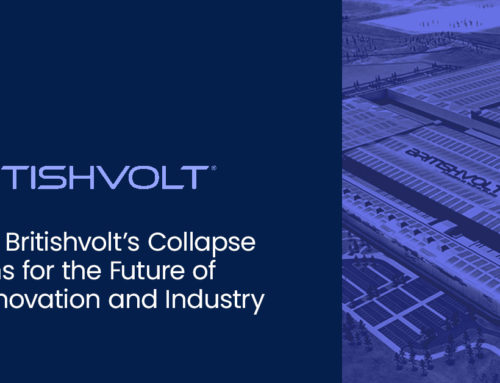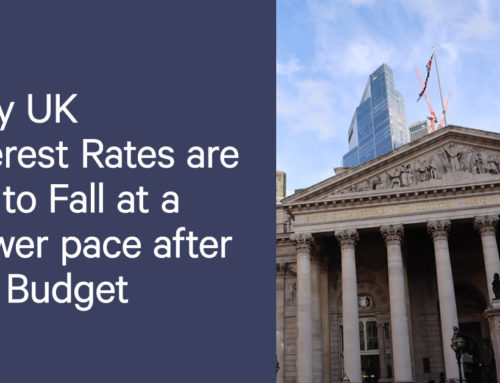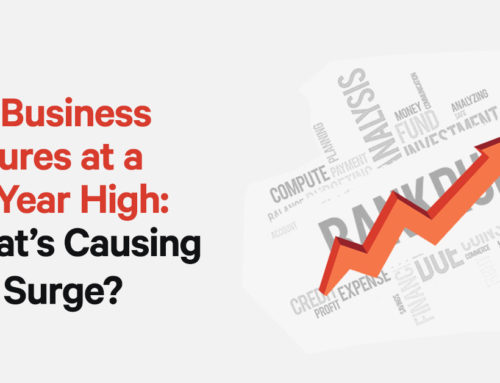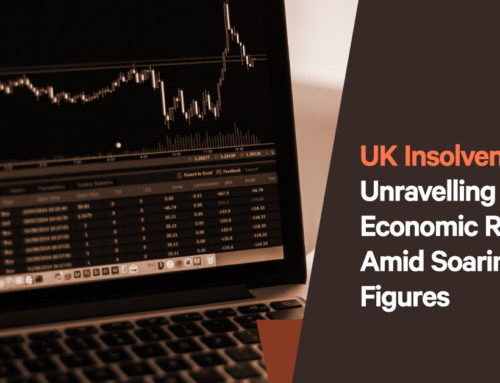In recent weeks, the multi-billion-dollar company Silicon Valley bank abruptly collapsed. Since then, this sudden collapse has continued to reverberate across the current economy as stocks are taking a hit, hidden stresses are revealed, and a political blame game gets underway. Why did this happen? Why did a tech lender worth $ 212 billion suddenly and abruptly collapse? There isn’t one single answer; instead, there are a few different elements at play.
Some are stating that this results from regulation rollbacks during the Trump era. Others believe the banks were not good with risk management, and the collapse resulted from such carelessness. On the other hand, sharp interest rate rises after a decade of low borrowing costs have led to these issues. The likelihood is that the massive failure of the company is the result of all three elements combined.
Now that federal investigations have started, and lawsuits are being filed, no doubt more issues about the bank will emerge. Some of the major reasons why the Silicon Valley Bank failed are as follows.
Trump Rollbacks
Bernie Sanders has argued that one of the main culprits in the bank’s collapse was the absurd 2018 law that was backed by Congress and signed by then-president Donald Trump, which undid the credit requirements imposed under legislation brought in following the banking crisis and financial crash in 2008. This legislation ensured that systemically important banks (or banks with $50 billion in assets or more) had to have an annual Federal Reserve ‘stress test’. They also needed to maintain certain capital levels and plans for a living will if they were to fail.
Greg Becker, the chief executive for SVB, argued in 2015 before congress that the threshold currently in place of $50 billion was unnecessary. He also argued that his bank, amongst plenty of other regional banks, didn’t present systemic risk. Trump agreed and said the new bill would fix the current legislation, which he called a “job-killer”. The CBO did warn congress before they passed the bill that if the threshold was raised, this could increase the likelihood of a firm with significant assets failing. Joe Biden has since confirmed that he would like the rollbacks reversed.
The Management of Silicon Valley Bank
Throughout a large part of 2022, the bank didn’t have a Chief Risk Officer. This has now been looked at in more detail by a federal reserve. The previous CRO, Laura Izurieta, officially left the company in October but stopped fulfilling her role in April. Another CRO wasn’t appointed until December, which means that for a large portion of the year, no CRO was working.
The board’s risk committee met fairly regularly before the bank collapsed. As such, some of the early lawsuits look specifically at what was done to fill the key vacancy and how that role was carried out during Laura Izurieta’s absence.
A lawyer specialising in shareholder lawsuits, Reed Kathrein, commented on this absence, stating that it suggests management might have been hiding something or, at the very least, were not interested in disclosing something. Danny Moses, the man who predicted the financial crash in 2008, even writes in his book that on the bank level, such a failure isn’t greed, merely bad risk management. He commented that “it was complete and utter bad risk management on the part of SVB,” as well.
The bank provides many loans to social justice causes, such as environmental and community schemes; however, these were not central to its collapse. As such, arguments surrounding its stance on social issues being the problem are not relevant, as they do not take into account the different banks that existed in 2008 before the need for such social investment was necessary and led to political discourse.
Interest Rates and Inflation
There have been clear benefits to SVB as they have benefited from more than a decade of ‘zero money’ interest rates. Due to venture capital, billions of dollars have been poured back into the bank. In the hopes of obtaining some kind of return, doing this put money into long-term treasury bonds within the US. Though this all sounds promising, it led to issues once interest rates rose exponentially in 2022. Depositors started to demand higher returns, so SVB needed to sell some of its bonds for a loss. This news hit social media, and in doing so, tech investors started to panic, which triggered a classic bank run. It only took 36 hours from there for the second biggest bank failure in US history to materialise.
Before the collapse, investors expected the Federal Reserve to raise interest rates by nearly a quarter or at least half a percentage point when they met next week. Currently, banks are in a bind as rates continue to rise to tame inflation. They risk another break in the financial system as they currently stand at 6%, and money grows increasingly tight.
What Will Happen Now?
As of Thursday, financial jitters started to ease a bit as Wall Street came in to help; however, this respite might not have sufficient longevity. As investigators continue looking into some of the problems, it’s likely that more bank issues will be uncovered. Until that happens, what the actual problems were are merely speculation.
If you have suffered because of losses suffered by SVB or find yourself in financial hardship in general, then be sure to reach out to experts such as Leading UK. If you have any questions about keeping your money safe or how to operate in the coming months, do not hesitate to get in touch.





